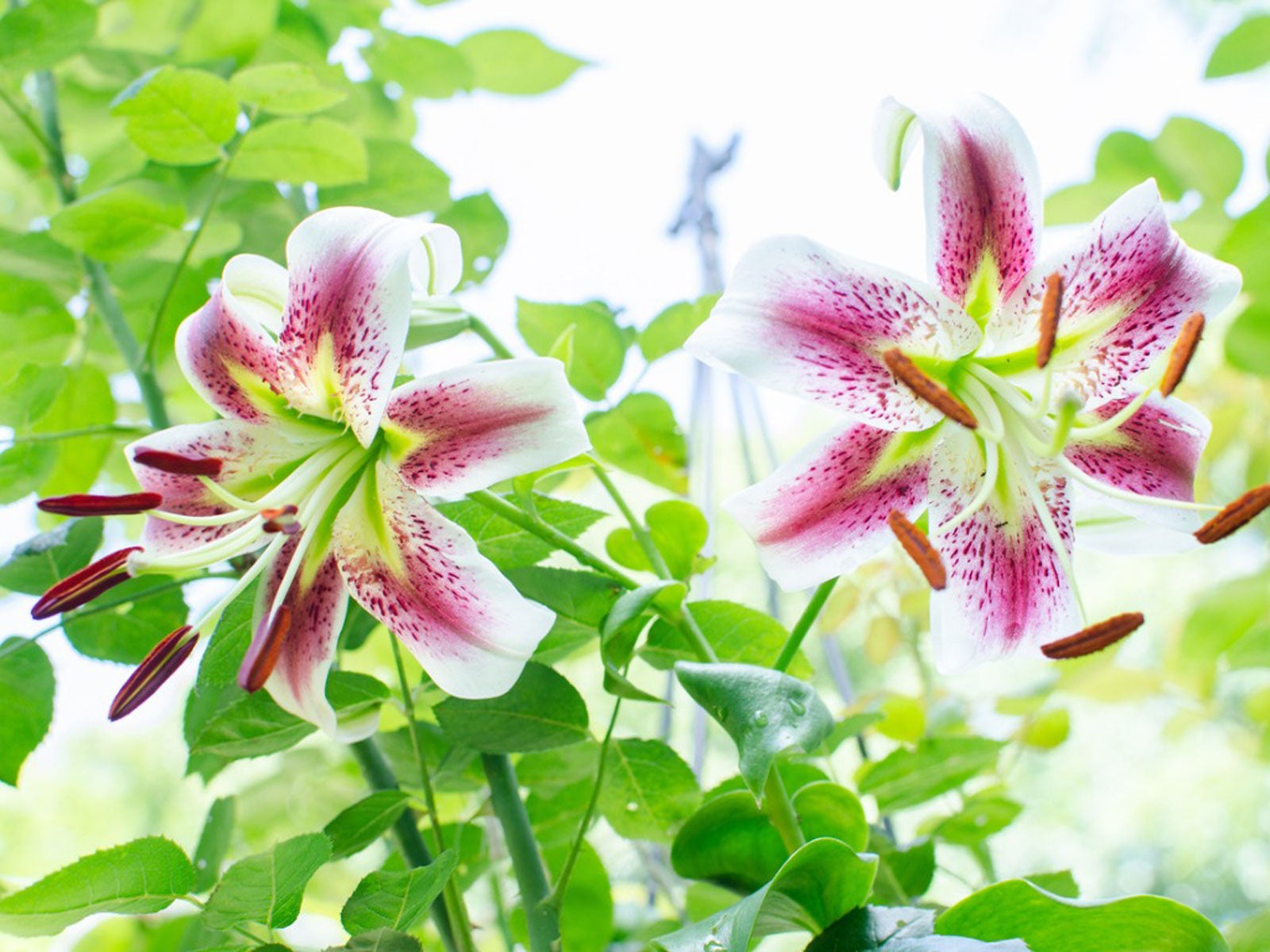What Is A Rubrum Lily: Planting Rubrum Lily Bulbs


The creation of multi-dimensional flower beds allows gardeners to create landscapes that are alluring to visitors for both their bright colors and heavenly fragrance. Though several species of flowers are highly perfumed, among the most common are those belonging to the Lilium genus.
Due to their popularity, lilies are often some of the first flowers introduced by those wishing to include the element of fragrance into the ornamental border. Though lilies do vary subtly by species, most produce large showy blooms on tall upright stems. Rubrum lilies are an excellent option for those wishing to enjoy a profusion of fragrant blooms late in the growing season.
What is a Rubrum Lily?
Hardy to USDA growing zones 5 to 7, Rubrum lily bulbs produce large clusters of dark pink flowers with even darker colored pink spots. Commonly mistaken for the Stargazer lily, these flowers bloom with a unique downward facing habit.
Those growing Rubrum lilies cite its use as a late bloomer, adding stunning visual interest to the end of summer garden. Reaching a mature size of 5 foot (1.5 m.), these lilies are at home in the back of borders and/or in showy mass plantings.
Growing Rubrum Lilies
Rubrum lily bulbs can be planted in either early spring or fall in suitable growing zones. Before planting, those growing Rubrum lilies should select a site which receives part sun and drains well. Though the bulbs are adaptable to many soil types, the plants will grow best in locations which are slightly acidic.
Like all types of lilies, it will be important to remember that Rubrum lily bulbs and plant parts are toxic. Locations frequented by children and/or pets should be considered more carefully before planting.
Beyond planting, Rubrum lily care is minimal. Strong, supportive flower stems generally do not require staking. After blooming has ceased, the spent blooms can be deadheaded and removed from the garden.
Sign up for the Gardening Know How newsletter today and receive a free copy of our e-book "How to Grow Delicious Tomatoes".
Those growing Rubrum lilies should leave foliage in the garden intact. Doing so will help to ensure that the Rubrum lily bulbs are able to store enough energy for return in subsequent growing seasons.
Overall, Rubrum lily care is relatively simple and these plants will continue to reward gardeners with beautiful blooms for many years to come.

Tonya Barnett has been gardening for 13 years. Flowers are her passion. She has transformed her backyard into a cut flower garden, which she regularly chronicles on her YouTube channel http://www.youtube.com/@tonyawiththeflowers.